Greater Southern Tier Civil Rights
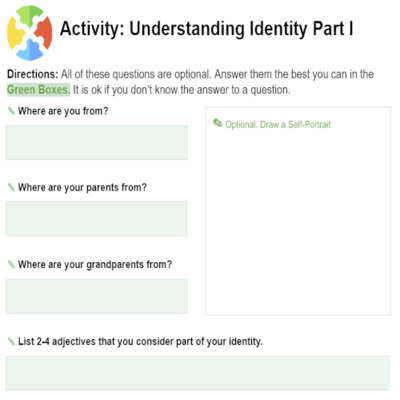
Day 1: Identity
Students will begin with a self-reflection on their own identity that allows each student to consider what is important independently. This is a critical step that honors the unique and individual identity of each student in our classrooms. They will then watch a short interview with Latinx civil rights leader Henry I. Padrón-Morales about his identity. Students will explore concepts of race, ethnicity, and nationality through a video as well as consider how Black, Latinx and Puerto Rican identity has developed. They will then participate in a discussion and restorative circle to share about their own identity and the identity of Latinx people. Students will co-create and affirm group norms that will provide the framework for how to safely talk about identity, race, and racism.
Download Resources:
Download Resources:
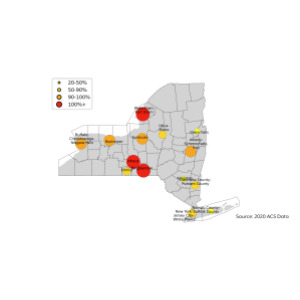
Day 2: Mystery Source
Students will explore the racial composition of the Greater Southern Tier through a structured source analysis of a Mystery Source. This is the first stage of a multi-step instructional strategy referred to as the Box Protocol. This activity is designed to help students practice their source-analysis skills and deepen their understanding of racial segregation today through an analysis of the Mystery Source, a US Census dot map of Chemung and Steuben Counties in 2020. The Mystery Source is divided into four quadrants and shown to students one quadrant at a time to spur their thinking. Ultimately students will make a claim (their guess identifying the source) and support it with evidence. Students will then explore a variety of current local data such as homeownership rates, Analyzing the data will allow students to draw further conclusions and ask more questions.
Download Resources:
Download Resources:
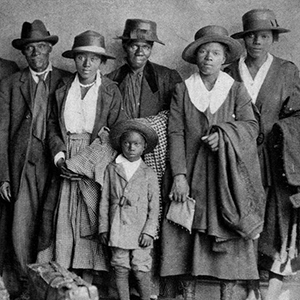
Optional Day: Great Migration
The lesson begins with students sharing stories about their experiences moving into a new family home and identifying reasons why they moved. They will be told that over 6 million people of color moved to Northern Cities like Elmira and Corning from 1910-1970. They will be tasked with investigating the reasons these families moved through reading primary and secondary sources about people of color who moved to Rochester. Students will see that moving North was a way people of color attempted to resist racism. It is important to help students connect the Great Migration to the challenges people of color faced with segregation and racist policy when they arrived in Northern cities.
Download Resources:
Download Resources:
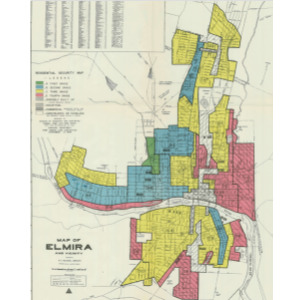
Day 3: Common Source
Each student will have a copy of the Common Reading which will focus on redlining and a brief overview of housing segregation through several sources. The teacher and students will read and analyze the first part of the common reading “Elmira Redlining Map 1938” together. Then, they will analyze the remaining parts of the common reading including an excerpt from the National Housing Act. In their teams of four, students will each be assigned a collaborative role and will answer the corresponding questions on the Common Source. When all students have completed the reading a second time independently, they will record information in the Round 2 area of the Box Protocol. Finally, students will gather in a restorative circle and share their observations and inferences about the question for the day.
Download Resources:
Download Resources:
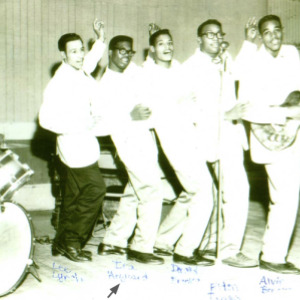
Day 4: Jigsaw Analysis
Students will explore race and equity in Chemung and Steuben Counties through a structured analysis of four sources. This is the third stage of a multi-step instructional strategy referred to as the Box Protocol. This activity is designed to help students practice their source-analysis skills and deepen their understanding of racial segregation and resistance through four local civil rights stories that provide a lens for students to collaboratively consider Corning and Elmira's history as well as a model for civic activism today. They will also be encouraged to connect the jigsaw sources to the common source redlining map.
Download Resources:
Download Resources:
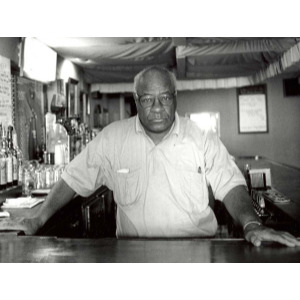
Day 5: Civic Action
Students will explore the ways people and groups in both the past and present have worked to build a more equitable community in Chemung and Steuben Counties by participating in a restorative circle. Students will also identify what in their school and community they might change.
Download Resources:
Download Resources: